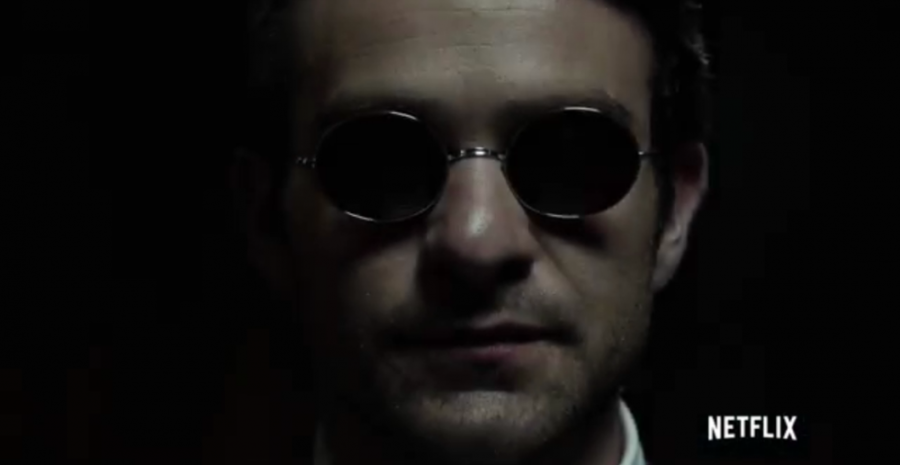Netflix introduced a superhero persona, “Daredevil,” to its ever-growing collection of streaming original series on April 10. To comic fans, Daredevil is known as a crusader of his genre. Originally born of Marvel Comics in 1964, Daredevil possesses an array of superhuman abilities, but perhaps his most unique characteristic is his distinctly human disability: blindness.
Matthew Murdock, known better by his superhero alias, “Daredevil,” played by Charlie Cox, quickly became a media sensation as the most prominent blind character in contemporary television. However, the roar surrounding the show itself was abruptly dwarfed when Netflix initially refused to provide audio and closed captioning to its visually impaired audience members. Before viewers could parse the quality of the episodes, commentary on the irony of this issue began to outshine the show itself.
Though the Federal Communications Commission requires broadcasters to provide audio descriptions of many of its programs for viewers, Netflix isn’t classified as a broadcaster. Because Netflix was not bound by law to provide audio description — as it is technically an Internet-based service — its initially had no intent of including audio captioning. Put bluntly, the superhero himself would not have access to enjoy his own show.
Murdock is a character who is classified as far from ordinary. Though he possesses heightened senses, which attributes to his ability to perceive the world around him, the reality is he’s still blind. When watching the show, it’s easy to forget this truth — particularly in the many gritty hand-to-hand fight scenes. Still, when Daredevil removes his mask, he’s again transformed into a blind lawyer negotiating life in Hell’s Kitchen, N.Y. He employs his many senses — touch among them — and the help of his trusty sidekick, Foggy Nelson (played by Elden Henson), to provide an image of the world he occupies.
Public outcry and advocacy eventually forced Netflix’s hand. Last week, Netflix announced the added option of audio captioning to “Daredevil,” making it the first show in Netflix’s history to offer this service. Netflix also announced many other titles to follow, including “House of Cards,” “Orange is the New Black” and “Marco Polo,” yet the battle rages on.
“Daredevil” opened the door for many advocacy groups to push and make audio descriptions for online content legally binding. According to the American Foundation for the Blind, the Internet remains a “public space” and should be bound by the 25-year-old Americans With Disabilities Act.
Though Netflix ultimately chose to comply with the desires of its viewers without legal action, it should be noted that “Daredevil” the comic was never produced in Braille or audio format. According to the Braille Institute, no comic book has ever been produced to be accessible to the visually impaired. This makes Daredevil a hero ultimately not created for the blind, raising many interesting questions on the frontier of disability accessibility.
Perhaps when it comes to portraying the blind, and services therein, the best anyone can hope for is expanding disability perceptions and efforts. Whether it’s intentional or not, “Daredevil” has come to represent something far greater than just a show. Working as a catalyst for bigger discussions, “Daredevil” is both entertaining and socially thought-provoking.
_______________
Follow Elise McClain on Twitter.









